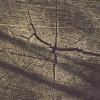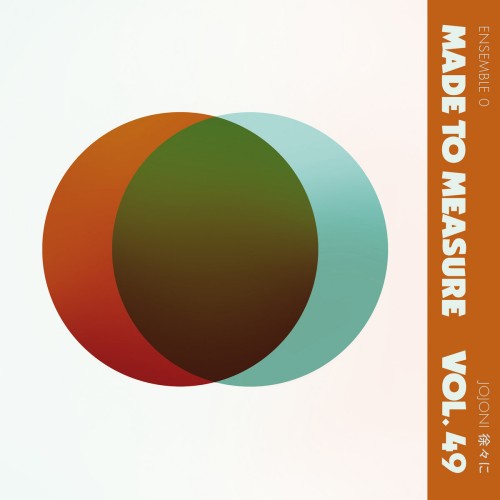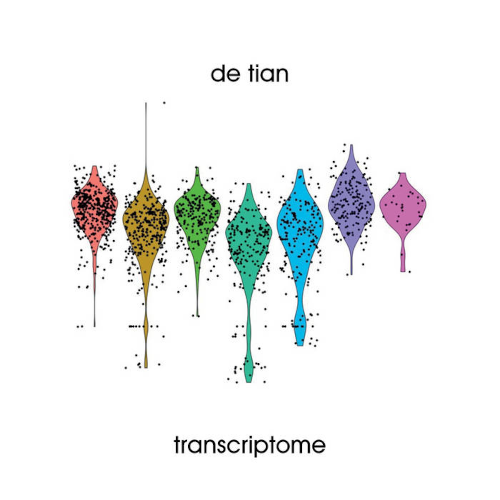Label: Ash International [R.I.P] Format: CD+LP
 Benny Nilsen‘s second record as Hazard comes as a CD and LP set (or at least the first thousand pressed do), with six tracks on the 36-minute digital unit and two more on the 35-minute vinyl. Odd as this might at first seem, the different media suit the resulting pieces quite well; having quiet glitchy runs of excoriated environmental sounds and thin reedy electronics (or are they? Maybe those sounds are made by a glass being run around the rim…? Or the hum of an electricity pylon…?) presented through the crystalline medium of CD certainly works in a different way than if they were back with the pops and clicks of a well-worn groove (though of course there is something to be said for vinyl deterioration in the right context – perhaps the CD tracks of Wood isn’t it though).
Benny Nilsen‘s second record as Hazard comes as a CD and LP set (or at least the first thousand pressed do), with six tracks on the 36-minute digital unit and two more on the 35-minute vinyl. Odd as this might at first seem, the different media suit the resulting pieces quite well; having quiet glitchy runs of excoriated environmental sounds and thin reedy electronics (or are they? Maybe those sounds are made by a glass being run around the rim…? Or the hum of an electricity pylon…?) presented through the crystalline medium of CD certainly works in a different way than if they were back with the pops and clicks of a well-worn groove (though of course there is something to be said for vinyl deterioration in the right context – perhaps the CD tracks of Wood isn’t it though).
Likewise, the ambience of Field/Bridge comes partly from its analogue reproduction; though this could be auto-suggestion of course. The two tracks loop accretions of sound debris into slow building near-overloads, a process helped in its effectiveness by that extra vinyl warmth. With interjected squeaks, clattering objects and even what sounds like the microphone being swallowed to spice the rise and fall of humming noise up a little, each piece is allowed to grow naturally to a point where the intervention of Nilsen directs matters to the edges of bearabilty. Sometimes stark, the fragments of real-world sound bring each track around and back from the trap of excess noise for its own sake. Some of Wood is a bit like being shut in a lock-loop dream while someone moves around in the waking world perhaps, where extraneous, identifiable rustles and scrapes intrude but don’t really provide enough escape from the mechanistic nightmare.
 Much of the reason this record works is due to the simple fact that Nilsen took himself of into the woods and recorded the sounds he found there, without taking the very fact of his moving around with the mic while doing so out of the eqation. He can make a virtue of the process itself, and this can be heard best on “Cords And Branches” and of course “The Logfire” on Wood, which are by no means straight recordings of one event, but more like the layered fragments of a particulr time or series of times placed in juxtaposition to each other. The results can be equally enveloping in a realist frame, or dissociative in an abstract context, sometimes simultaneously. Documentary or drama? It doesn’t matter really, in the end… it’s all sound, and both as simple and and potentially fictionalised as that.
Much of the reason this record works is due to the simple fact that Nilsen took himself of into the woods and recorded the sounds he found there, without taking the very fact of his moving around with the mic while doing so out of the eqation. He can make a virtue of the process itself, and this can be heard best on “Cords And Branches” and of course “The Logfire” on Wood, which are by no means straight recordings of one event, but more like the layered fragments of a particulr time or series of times placed in juxtaposition to each other. The results can be equally enveloping in a realist frame, or dissociative in an abstract context, sometimes simultaneously. Documentary or drama? It doesn’t matter really, in the end… it’s all sound, and both as simple and and potentially fictionalised as that.
-Linus Tossio-


